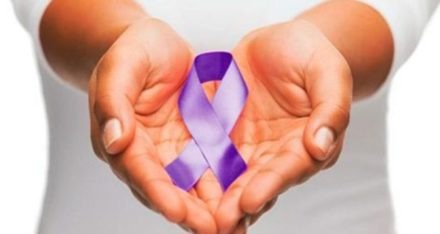Leprosy is a contagious, contagious and chronic disease caused by bacteria Mycobacterium leprae. It mainly affects the skin, mucous membranes and peripheral nerves, and can cause neurological lesions that give the disease a high disabling power, and are primarily responsible for the stigma and discrimination targeting people with the disease.
Leprosy is a disease that dates back more than 4,000 years and is very prevalent in Brazil, and although it is preventable and treatable, it is still the cause of many stigmas and prejudices. Currently, the country ranks second in the world among countries with new cases.
According to the Epidemiological Bulletin published by the Ministry of Health in early 2021, of all cases recorded in the Americas in 2019, 93% were in Brazil – demonstrating the importance of combating the disease as a public health threat.
Since 2020, COVID-19 has dominated headlines in January, diverting attention from other health problems such as leprosy. Every year, on the last Sunday in January, the World Leprosy Day is celebrated and January 31 is the National Leprosy Day, a date established in Brazil by Law No. 12.135 / 2009 – purple january
Leprosy continues as a global public health problem, accounting for approximately 200,000 new cases diagnosed worldwide annually. In addition, millions of people still live with some type of physical disability or disability disease result.
It is an infectious disease caused by a bacillus, Mycobacterium leprae, which reproduces slowly resulting in an incubation period for the disease, on average, of five years. It is likely to be transmitted by droplet, from the nose and mouth, during close and repeated contact with cases not treated with multidrug therapy (MDT). Symptoms can occur within the first year, but can also take up to 20 years or even longer to manifest themselves. Leprosy is indicated to be curable with MDT, which is a free SUS treatment.
The most common signs and symptoms of leprosy are:
- lesion(s) and/or area(s) of skin with variable sensitivity to thermal (to heat and cold), painful (to pain) and/or tactile (to touch);
- impairment of the peripheral nerve(s), usually thickening (thickening), associated with sensory, motor and/or autonomic changes;
- Areas that suffer from a lack of hair and sweat.
- areas of the body that experience tingling and/or tingling;
- Decreased and / or decreased strength of the muscles of the face, hands and feet;
- Lumps (lumps) on the body, in some cases red and painful.
The disease is primarily neurological, affecting primarily the skin, peripheral nerves, mucous membranes of the upper respiratory tract, and eyes. It is a chronic neglected condition that has serious implications for the affected people, both physically, such as progressive and permanent damage to the skin, nerves, limbs and eyes, generating physical impairment and disability, and social, such as stigma, prejudice and restriction of social participation. It is strongly linked to conditions of poverty and social vulnerability, reinforcing a context of social exclusion. It should be noted that women and children are particularly vulnerable to the “social and economic consequences” of the disease.
Overcoming the serious individual and collective impact of leprosy goes beyond early diagnosis and timely treatment, in line with the prevention of physical disability. In addition, it requires changing the way of thinking so that the disease is not a source of fear, shame or prejudice. Access to high-quality health services must be ensured with the aim of realizing human rights to a dignified life within the community.
Prevention of the disease includes early diagnosis, timely treatment and investigation of contacts who live, have lived together, have lived or have lived, for a long time, with a new diagnosed case of leprosy. Approaches focused on infected persons, integrating immunoprophylaxis (BCG vaccine) and chemoprevention, have been successfully adopted recently. Other studies continue with a focus on eliminating transmission by 2030.
Source: SBMT
Photo: SBMT clone
(RM)

“Wannabe internet buff. Future teen idol. Hardcore zombie guru. Gamer. Avid creator. Entrepreneur. Bacon ninja.”

